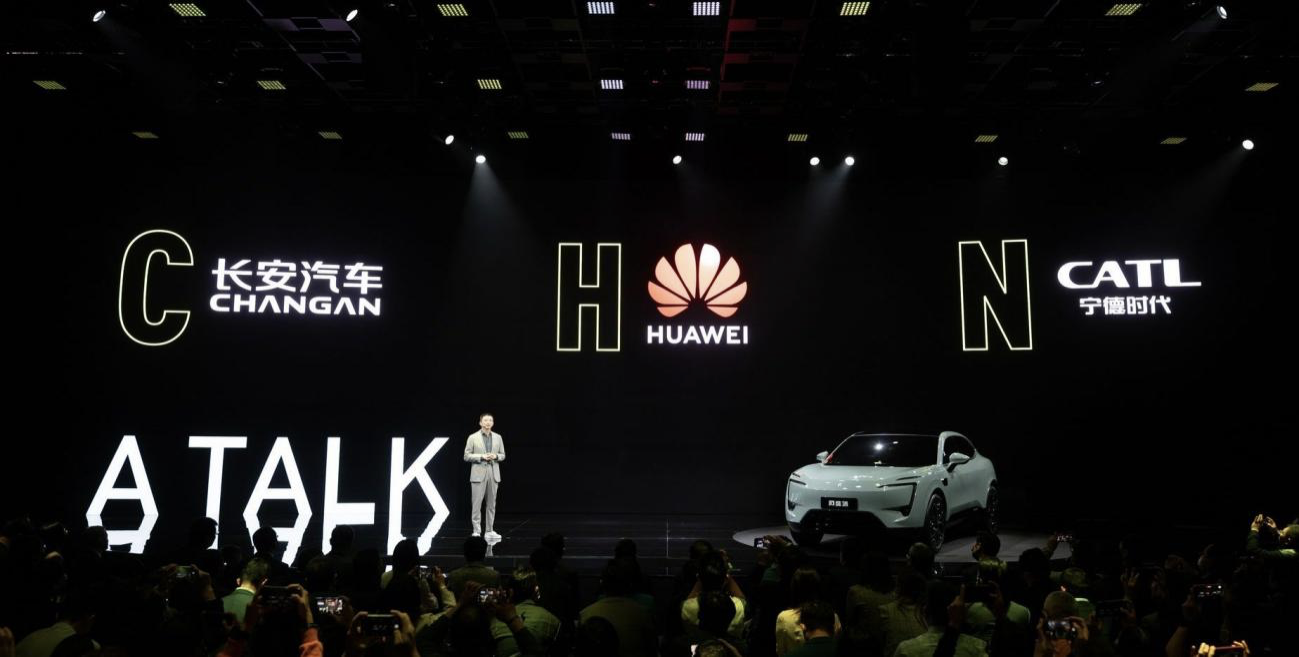The automotive industry is undergoing its biggest transformation in more than a century. The trend toward electrification, connectivity and intelligence has brought a surge of activity to an industry that had been relatively calm for over a decade.
The first group of disruptors led by WM Motor has achieved the most financing, the most attention, and also grown despite criticism from consumers. They have now become leaders in the intelligent automobile industry. Whether in terms of sales, brand awareness or accumulation of core technology in intelligentization, they have formed a “discontinuous” lead over other companies.
Through the collective efforts of the first group of entrants, the product strength of new energy vehicles has made significant progress and has begun to be recognized by the public. According to data from the China Passenger Car Association, cumulative sales volume of new energy vehicles reached 1.007 million units in the first half of 2021, an increase of 220% YoY. Within just six months, the sales volume has surpassed the full year of 2020. In November, domestic wholesale sales of new energy vehicles totaled 429,000 units, up 131.7% YoY, and wholesale penetration rate hit 19.9%.
The vast market space is full of business opportunities and continues to attract more companies to join. The second group of companies have also started to enter the market.
The second group of entrants only has two choices in front of them: either walk alone, with small, slow steps; or unite and cooperate with others. As they have already fallen behind the first group of entrants in terms of entering the market, after several years of development, most of the second group of entrants have chosen the latter, due to the maturity of the intelligent automobile incremental parts supply chain.
As can be seen from the diagram, most of the second batch of car companies with their first model delivery after 2020, stem from mature traditional independent brands. They not only have stable funding support but also inherit industrial cooperation relationships from their parent companies. And Aiways may have the most luxurious industrial cooperation lineup among the second batch of car companies.
The C Position of “CHN”
At last year’s Tech Day event, Aiways unveiled their CHN platform as well as the first model under the platform, the Aiways 11. The name of the platform, CHN, is derived from the initials of Chang’an, Huawei, and CATL (Contemporary Amperex Technology Co. Ltd.).
Just from the names of the three partners, one can already feel Aiways’ strong momentum. On one side is Chang’an, with over 60 years of car-making experience. On the other side is CATL, which has been the world’s leading supplier of power batteries for four consecutive years. And then there is Huawei, who leads in ICT technology and has its own operating system.Regardless of the recently released AITO AITO M5, ARCFOX Alpha S HI Edition, Ceres SF5, and Avita 11, consumers have uniformly regarded them as Huawei cooperation vehicles. However, in reality, there are significant differences between these vehicles in terms of cooperation depth, breadth, and capability. Avita is the first one to have truly collaborated with Huawei from a fundamental architectural level and jointly devoted themselves to achieving software and sustainable iteration capabilities.
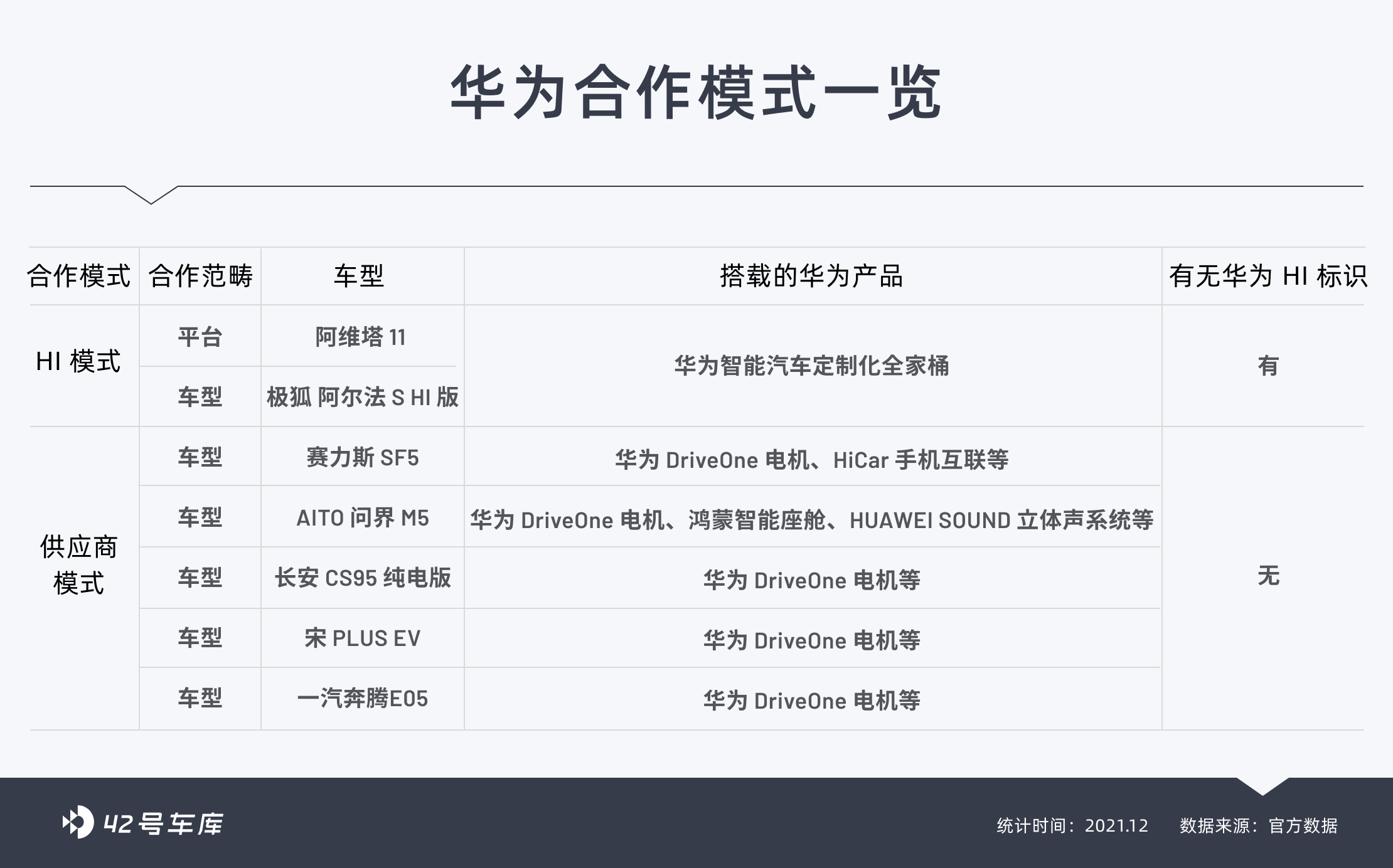
The collaboration on the CHN architecture is the basis of their cooperation. On that foundation, Avita’s entire lineup is equipped with Huawei’s full-stack intelligent solution, which is Huawei’s current main push, the Huawei Inside mode, also known as “HI.”
In October of last year, Huawei released the HI intelligent automotive solution, which is a collaborative model with higher participation and collaborative definition compared to the supplier model. Its full-stack intelligent automotive solution includes:
-
3 platform ecosystems: iDVP, MDC, and HarmonyOS;
-
3 operating systems: HOS for the intelligent cockpit, AOS for intelligent driving, and VOS for intelligent vehicle control;
-
5 intelligent systems: intelligent driving, intelligent cockpit, intelligent connected vehicles, intelligent electric vehicles, and intelligent car cloud services;
-
Over 30 intelligent components: MDC for intelligent driving calculation platforms, LIDAR, and more.
For vehicles based on the HI model, there will be a unique HI logo on the body to differentiate them. Currently, only the HI version of the BeiQi ARCFOX Alpha S has this logo on the body.
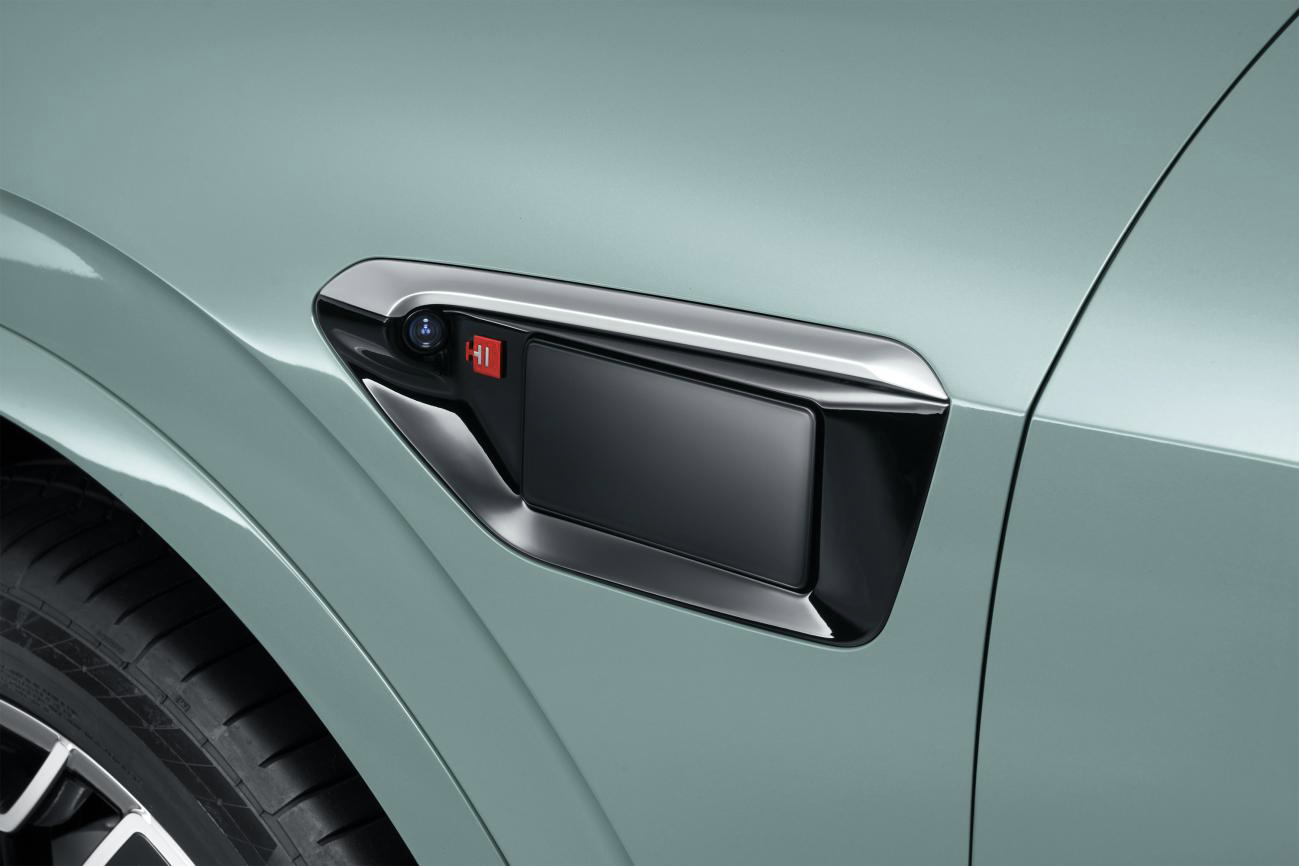
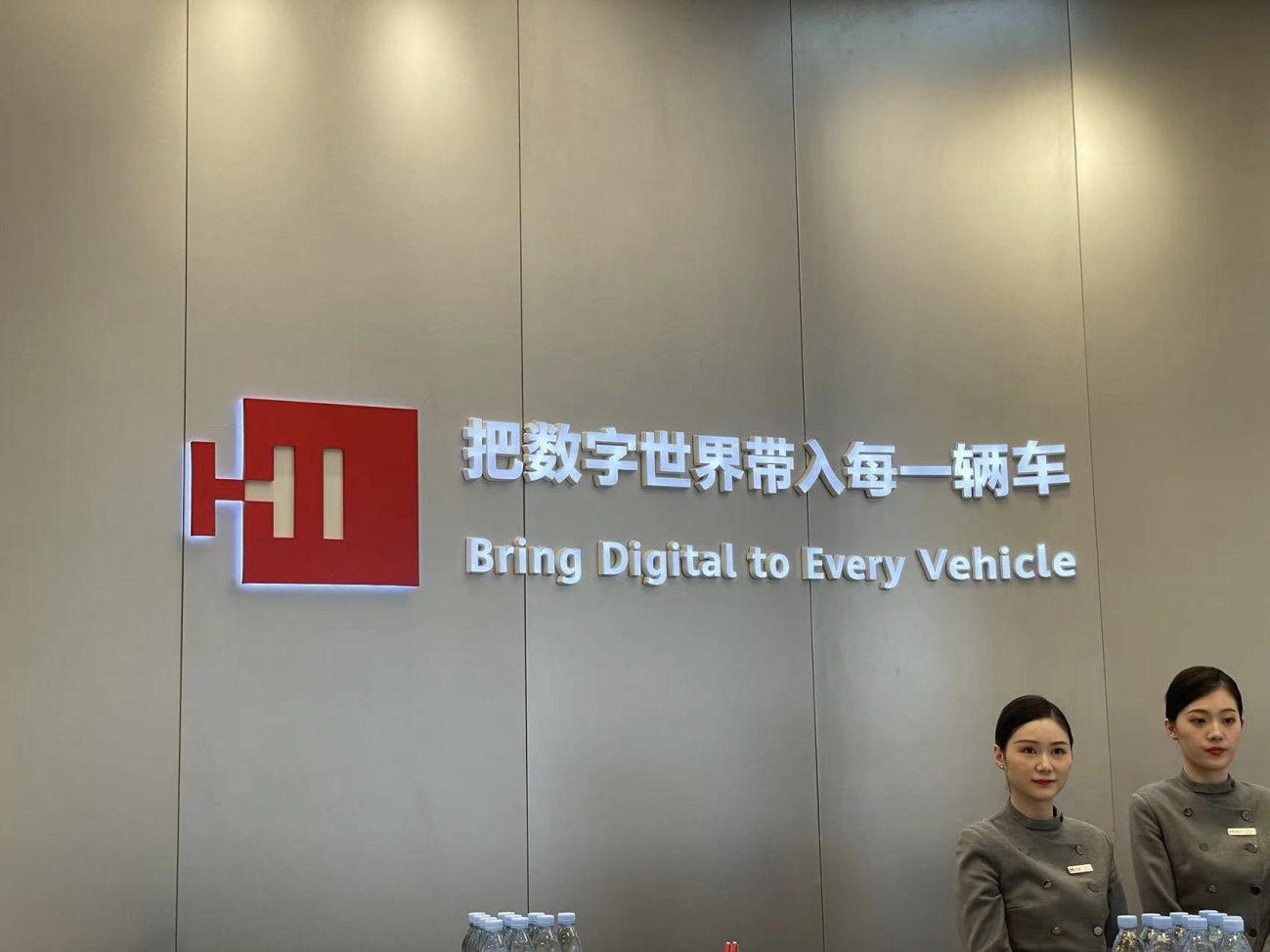
In the Avita 11 project, the work of the three CHN partners was not carried out in parallel, but there was massive cooperation and joint creation across various links, considering more overall and systematic optimal solutions from multiple dimensions.
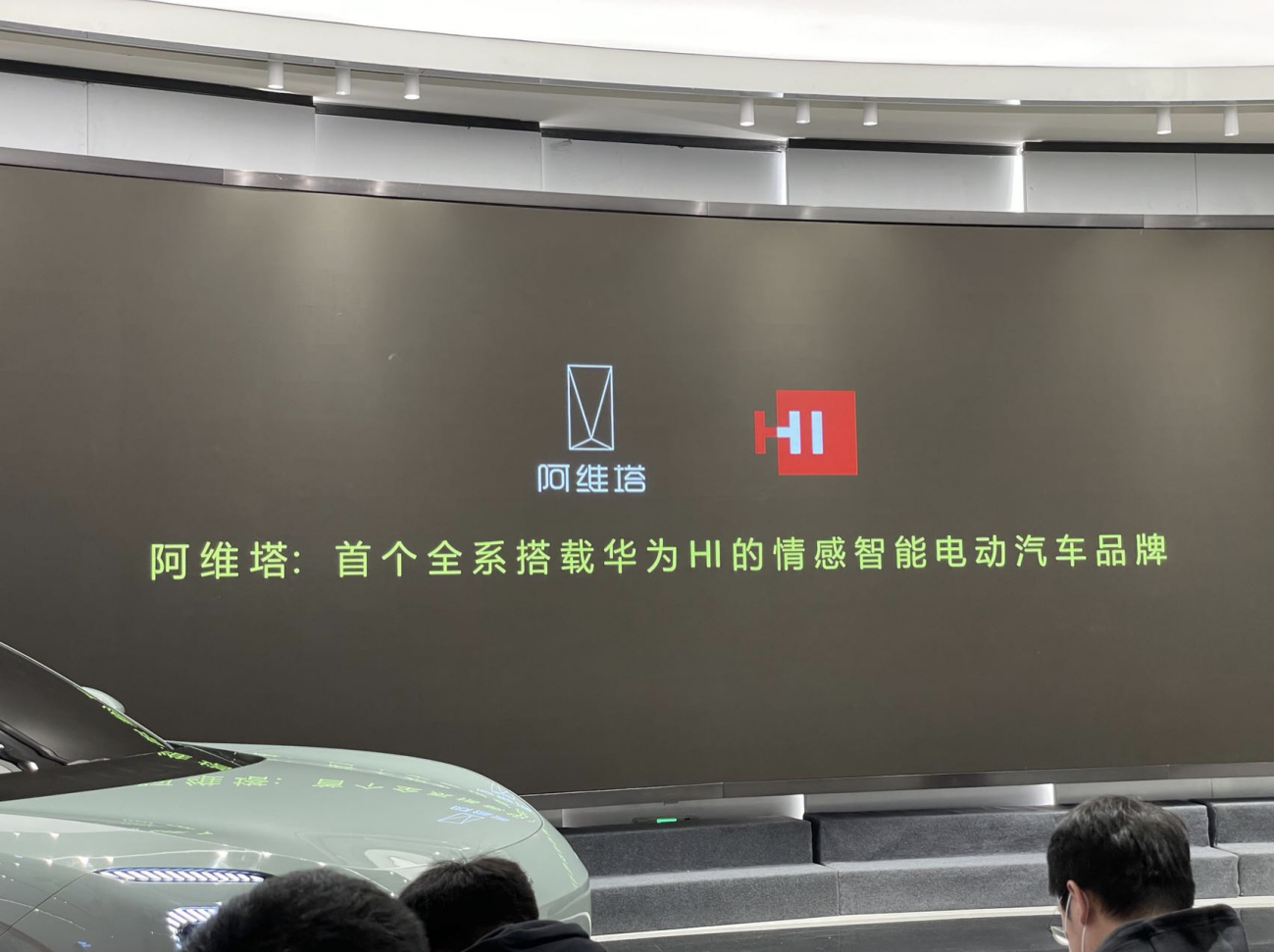 Avita Technology Chairman and CEO Tan Benhong also stated that the partnership between CHN Tripartite is not a simple “buy and sell” relationship, but a cooperation where everyone monitors each other and makes progress together to maximize the potential of the product.
Avita Technology Chairman and CEO Tan Benhong also stated that the partnership between CHN Tripartite is not a simple “buy and sell” relationship, but a cooperation where everyone monitors each other and makes progress together to maximize the potential of the product.
In the previous HI collaboration model, Huawei provided more vertical business solutions, such as intelligent cockpits and intelligent driving, but in fact, the automaker still played a leading role in the overall design of the vehicle. Huawei’s capabilities were limited.
However, in the Avita 11 model, Huawei played a different role. Huawei participated in various planning and design aspects of the whole vehicle platform from the very beginning of the Avita 11 model platform. This included the layout of the assisted driving hardware and architecture, the design of the underlying technology platform, the matching of software architecture, and the selection and coordination of the supply chain and manufacturing. To put it simply, the Avita 11 model can be said to have the highest “Huawei content” of any car currently.
In addition, benefiting from the extensive participation of Huawei’s automotive business in the early planning stage of the vehicle model, Huawei’s ideas and strengths have been maximized.
We can see the effect of these changes from one detail.
The Alpha S Huawei HI version of the Jihou vehicle adopts a front three-laser scheme, and its powerful perceptual ability does not require much explanation. However, objectively speaking, it can be seen from the picture that the effect of the sensor layout of the entire vehicle has not been well optimized for the vehicle’s design, which looks abrupt under light-colored paint.
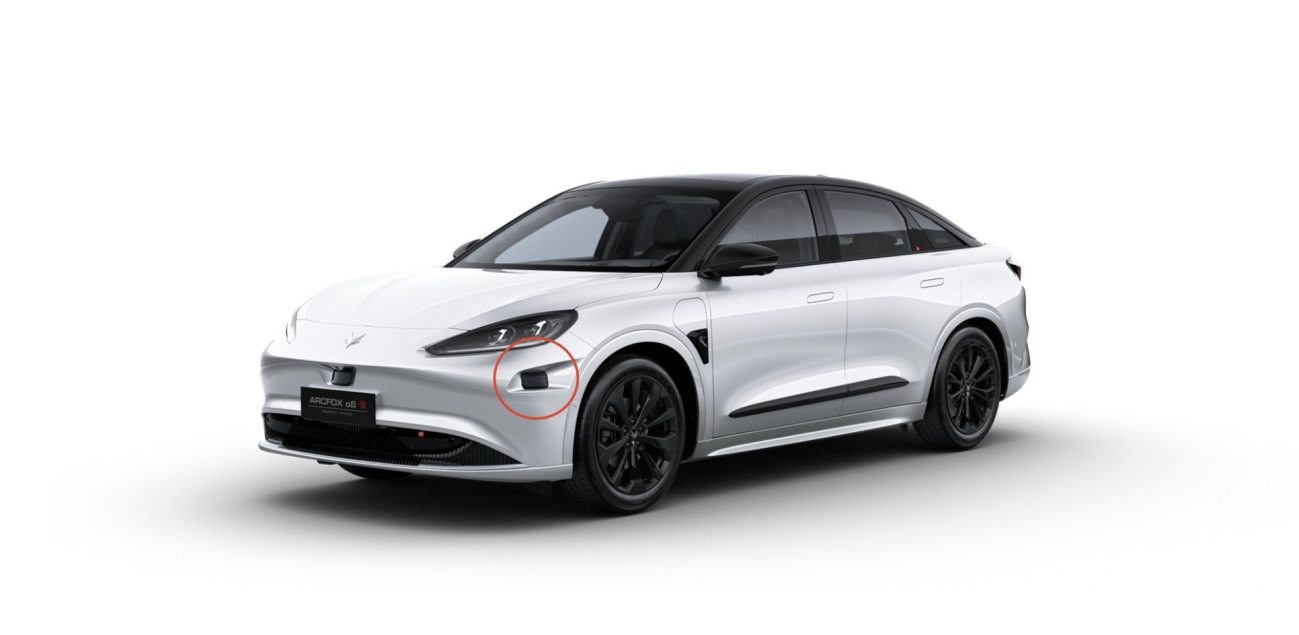
Then let’s take a look at the Avita 11. Although it also carries a laser radar sensor, this time, the laser radar is cleverly hidden in the position of the lateral turn signal with a design similar to the protective color in the animal world. Unless you are an industry insider, it is almost impossible to detect it, which guarantees the functionality without compromising the overall vehicle design.
This is just one visible detail, and it is believed that there will be many such optimized designs in the underlying architecture and cockpit design that we cannot see.
Huawei Intelligent Automotive Solution Business Unit President Wang Jun said, “Huawei’s advantage is ICT technology, and its disadvantage is that it is not good at mechanical manufacturing. However, China and even the world do not lack car companies, but lack basic suppliers who can really do a good job of intelligence.”
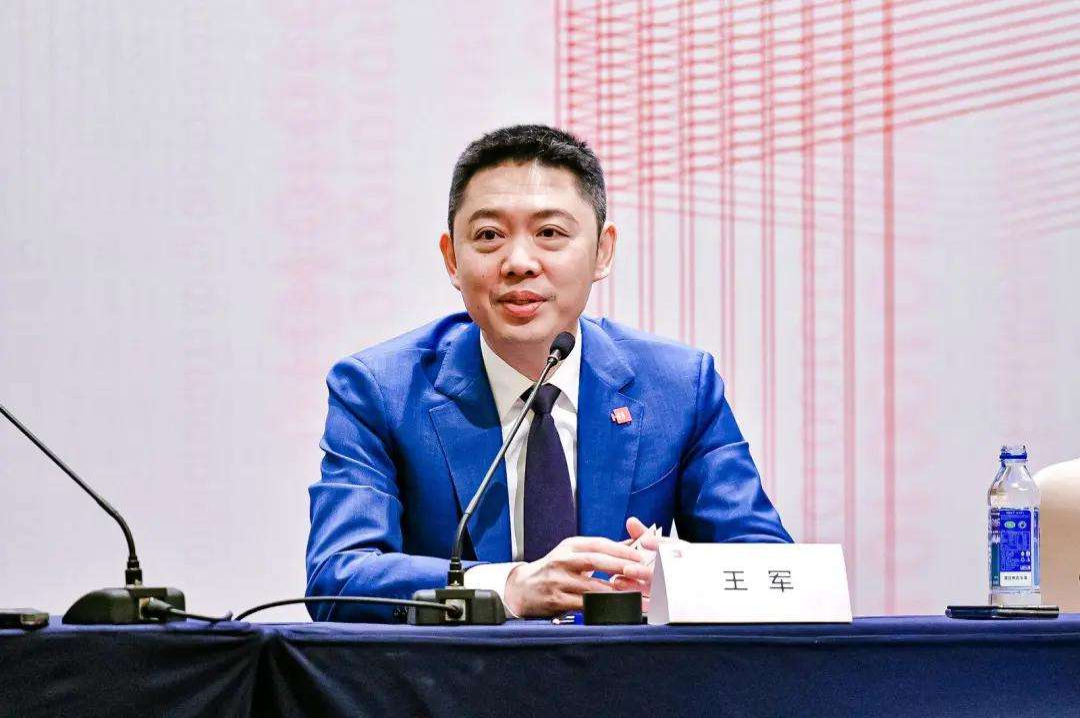
Therefore, in addition to the HI mode, Huawei can also participate in collaboration as a traditional Tier1 and Tier2 component supplier.Translate the Chinese text in the following Markdown into English Markdown, using professional language and retaining HTML tags inside Markdown, and only output the changes and improvements without explanations.
The advantage of this model is that both parties can quickly adopt new technologies to meet the needs of traditional car companies to fill a specific gap in their products. AITO AITO M5 and Seres SF5 are both examples of this cooperation model. However, in this model, Huawei can only play a supporting role, and compared with the HI cooperation model, the overall capability and final effect of the vehicle will be more limited by various factors.
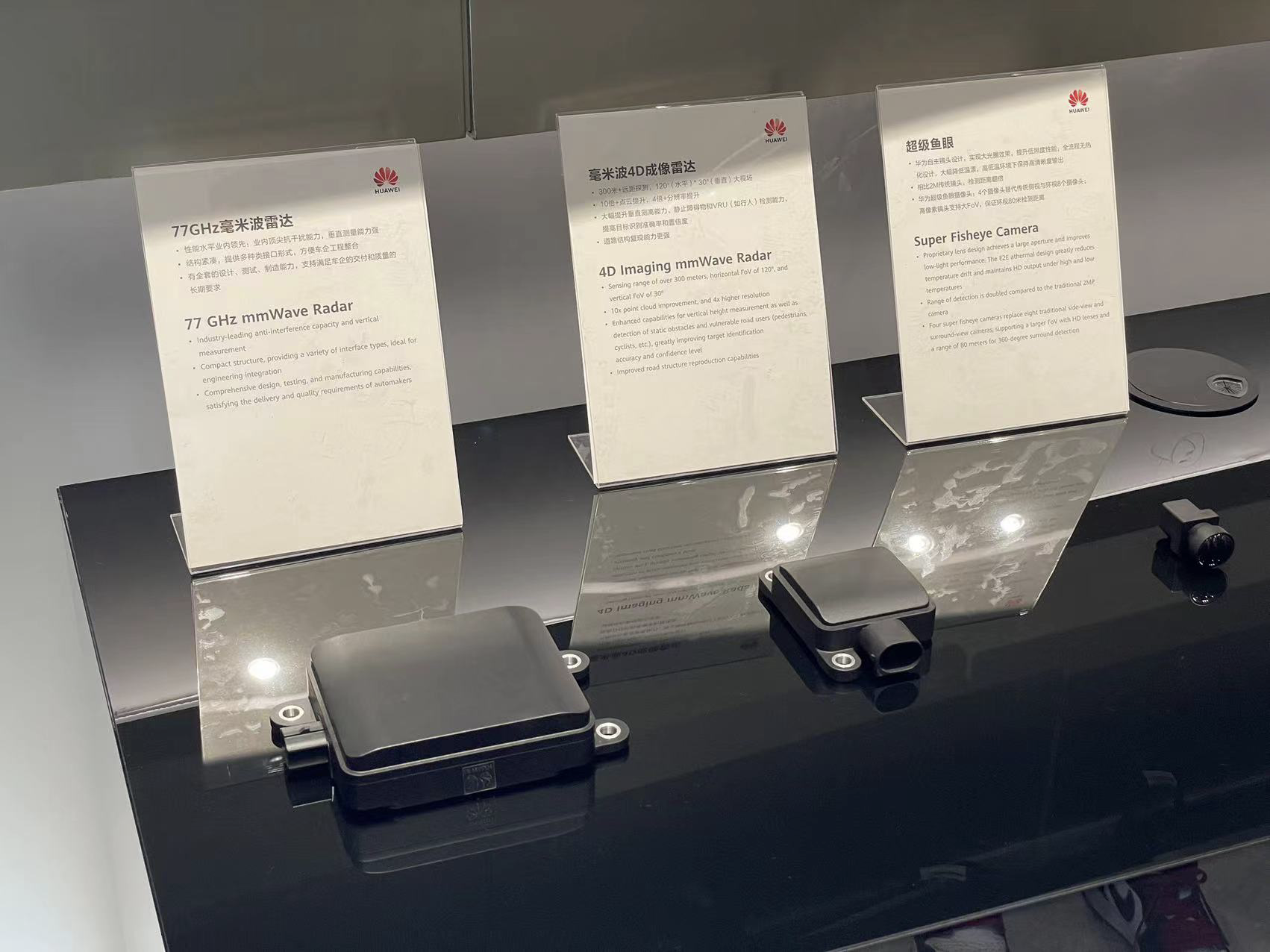
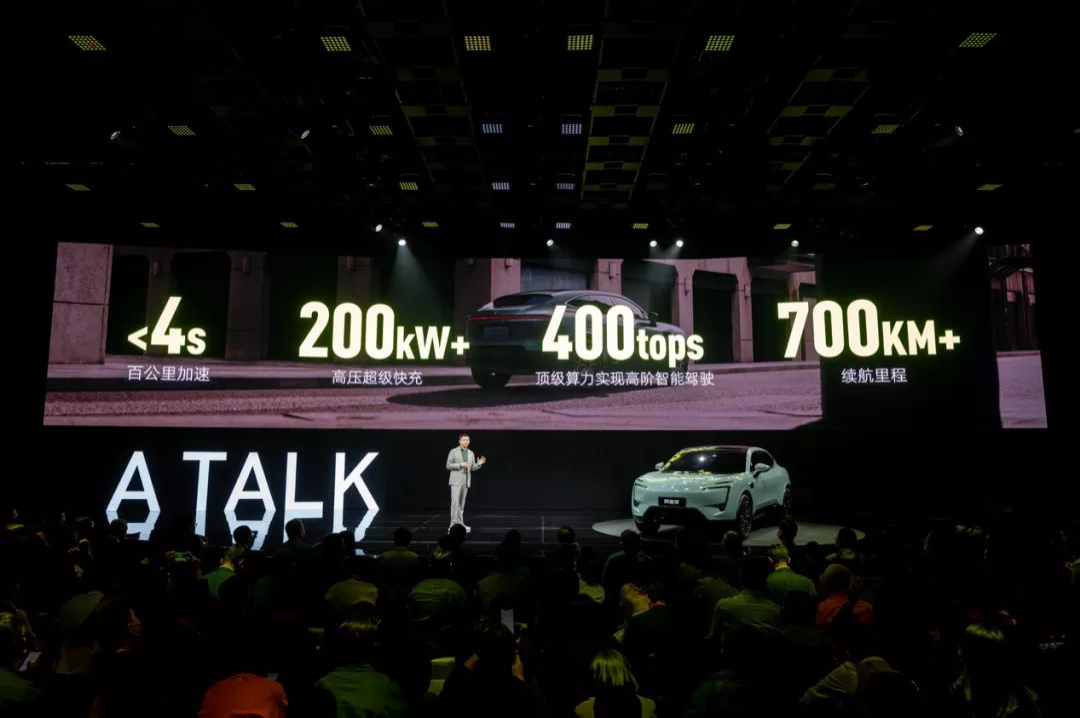
If we shift our focus back to the Avita 11 product itself, the performance metrics of the Avita 11 are also quite impressive:
- Zero to 100 km/h in less than 4 seconds
- 200 kW high-pressure fast charging
- 400 TOPS assisted driving computing power
- Over 700 km of driving range
The main question regarding these four performance metrics is whether the “zero to 100 km/h acceleration in less than 4 seconds” and “driving range of over 700 km” can be achieved at the same time. If the answer is yes, then as an electric vehicle, the Avita 11 is a top-tier product that could compete with the best of them in 2022. The 200 kW high-pressure fast charging and 400 TOPS assisted driving computing power are already demonstrated on the previous HI collaboration vehicle, and we have witnessed the ability of Huawei’s “urban navigation driving” system in April of this year.
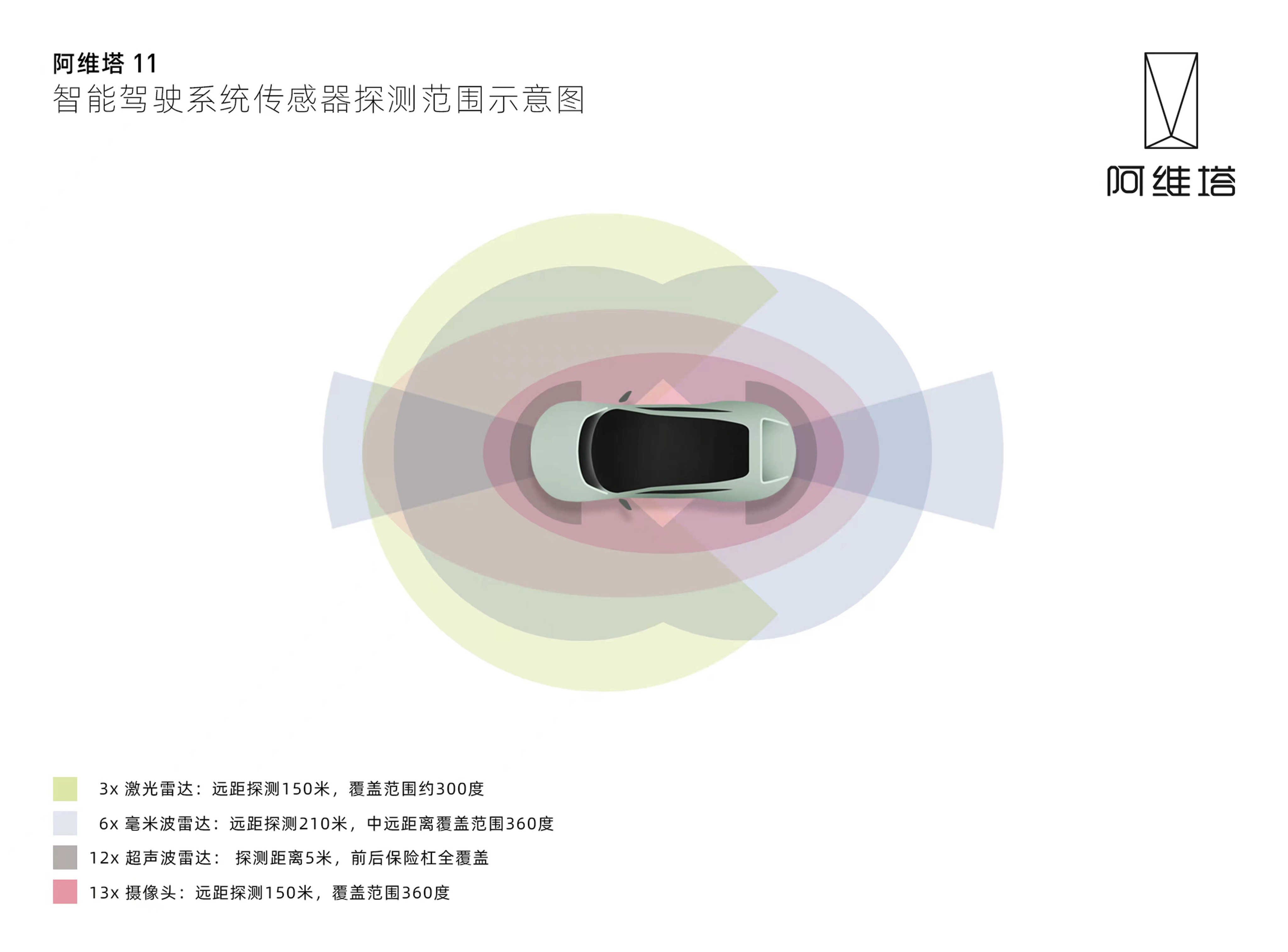
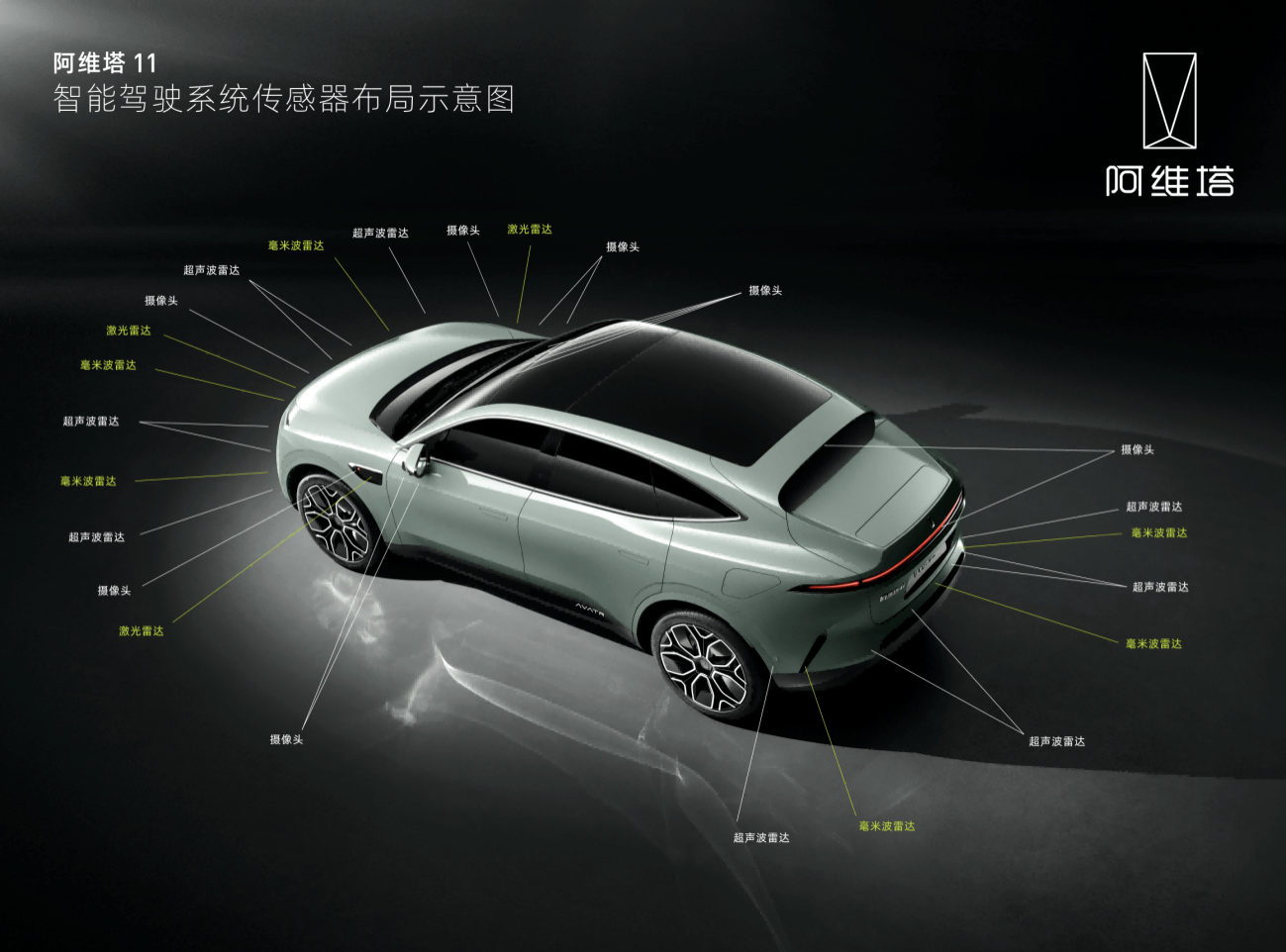
Utilizing 3 lidar sensors, 6 millimeter-wave radar sensors, 12 ultrasonic sensors, 13 cameras, and the MDC 810 platform, the Avita 11’s intelligent driving system still employs Huawei’s top-level solution.
Although the information revealed about the Avita 11 is limited so far, considering the previous Huawei collaboration vehicles and the repeated mentions of deep involvement from early stages, there shouldn’t be much doubt about the expectations of the product.
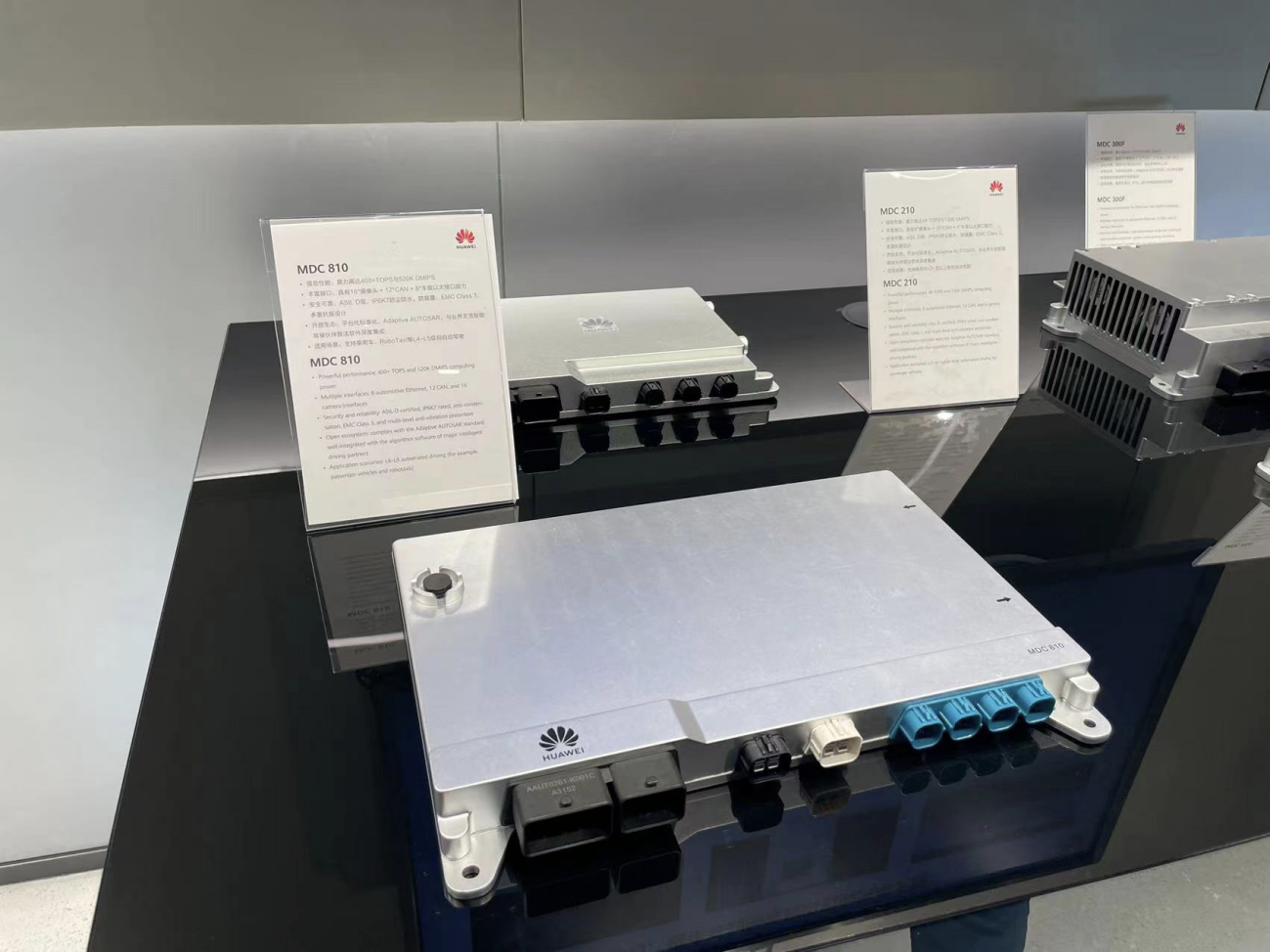
Mobile Phones and Cars, Depth and BoundlessnessNo matter how intelligent the technology or how the car iterates, its ultimate goal is always to meet people’s needs. “For consumers, there are always unmet needs,” said Tan Benhong, CEO of Avita Technology.

But even as consumers themselves, they may not realize that it exists until the enterprise that insight into the demand develops a differentiated product that satisfies the demand and presents it to consumers. Consumers will then sincerely exclaim, it can be that good.
The same is true for intelligent cars. After the performance and cost are balanced, the experience of the intelligent cockpit will become one of the important trump cards for high-end brands to differentiate themselves and an important carrier for meeting users’ potential needs.
We can imagine a simple scenario. Suppose you ordered a group-buying coupon from a restaurant on Sunday night. When you are ready to drive to the restaurant, the car’s map automatically pops up the restaurant’s address and asks if you want to go here, eliminating the need to take out your phone, open the Meituan app, click on the order, click on the restaurant’s address to view, and enter the car’s steps.
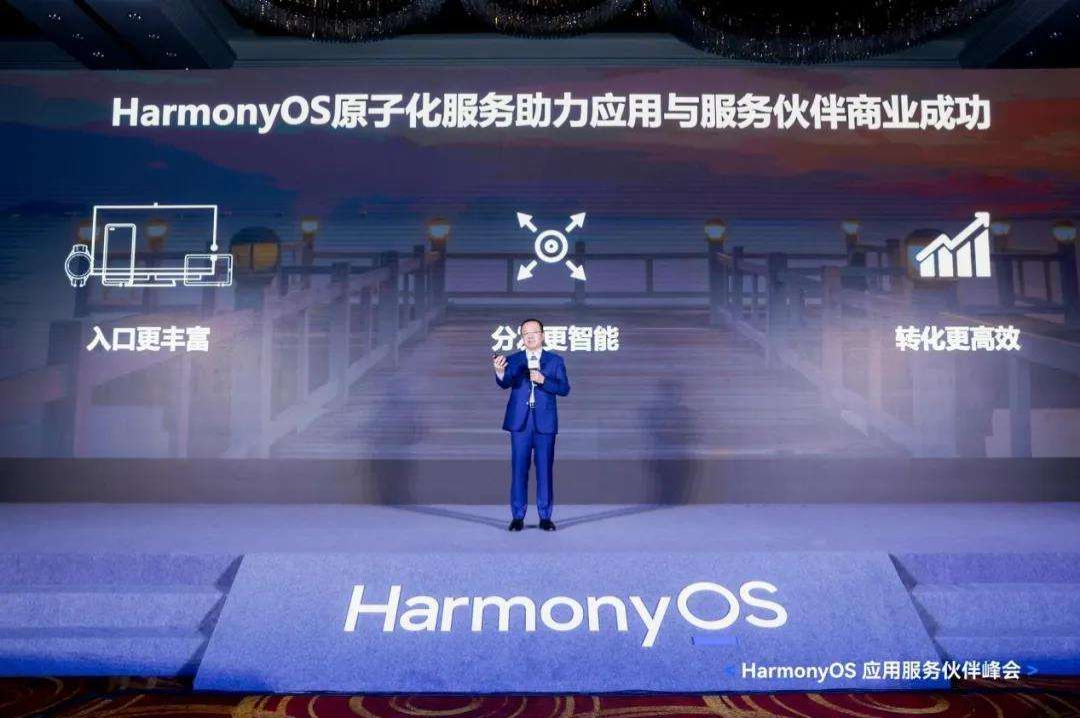
The premise of this experience is that the car account is completely connected to the mobile phone account, and your potential needs can be perceived by the car. Existing intelligent car brands restrict their interactions with users on their own apps on mobile phones. Automakers cannot break down the barrier between car accounts and mobile phone accounts, and data cannot be exchanged, let alone mining potential needs.
The Hongmeng Intelligent Cockpit carried by Avita 11, relying on the Huawei account system and based on the flow function of Hongmeng’s “atomized service,” has the ability to extract the restaurant address on the phone and flow it to the car’s end without any feeling. Other car manufacturers may only think of finding ways to cooperate with Meituan to achieve this. This is the ability that the Hongmeng Intelligent Cockpit has given to Avita, but the actual performance after the car is sold depends on how Avita uses this ability.
Design is also an essential product force

The design of Avita 11 was handled by Avita’s global design center in Munich, Germany. Nader Faghihzadeh, the chief designer, previously worked on the design of BMW 7 Series, BMW iNEXT concept car, BMW i8 convertible sports car, and other models.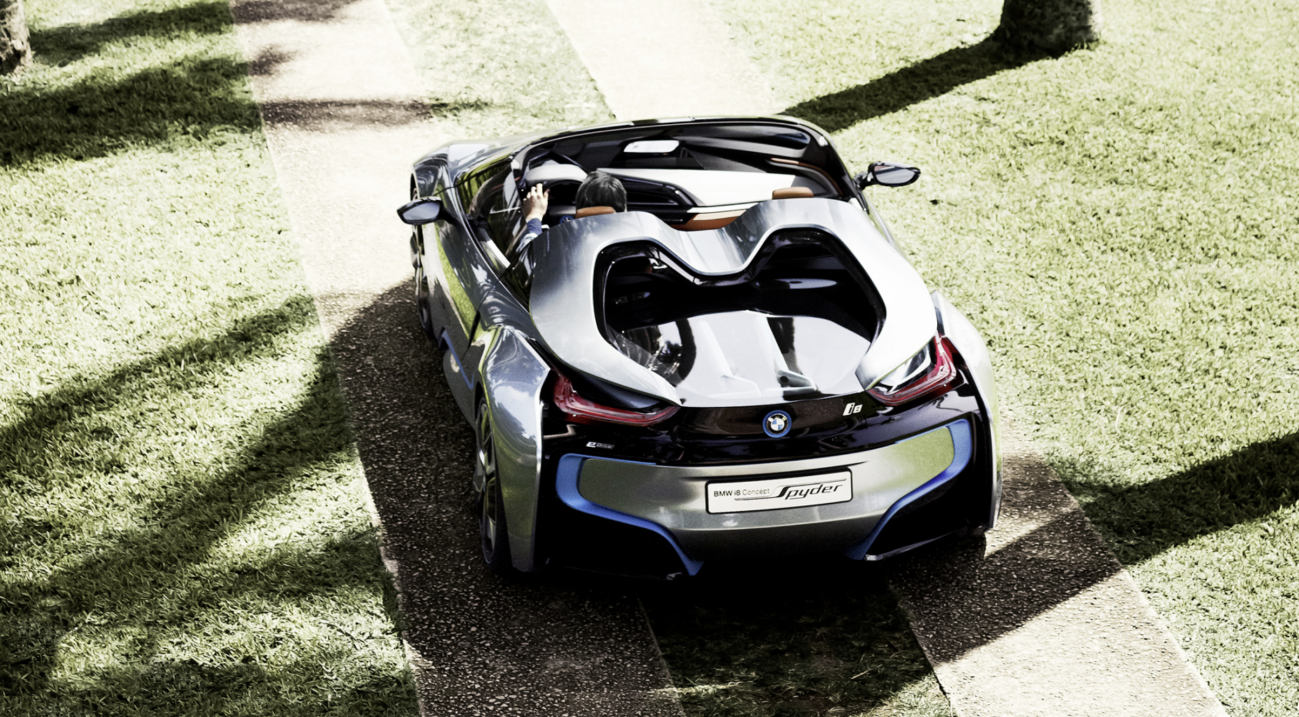
After its debut at the launch event, opinions on it varied. Some people liked it and thought the design was bold and futuristic, while others thought it was too exaggerated and over-the-top.

The closed front of the Avita 11 does not have too many complicated elements, and the F-shaped headlights on both sides only serve to outline the contours.

The slightly raised sides of the hood, combined with the black protrusions below the license plate frame, visually make the front of the car look flatter. The same design technique is used in the black base of the lower part of the car body, creating a suspended body effect.

Although the body of the Avita 11 is very tall, the designer still wanted to create a coupe-like feeling on it and reduce the visual weight as much as possible.
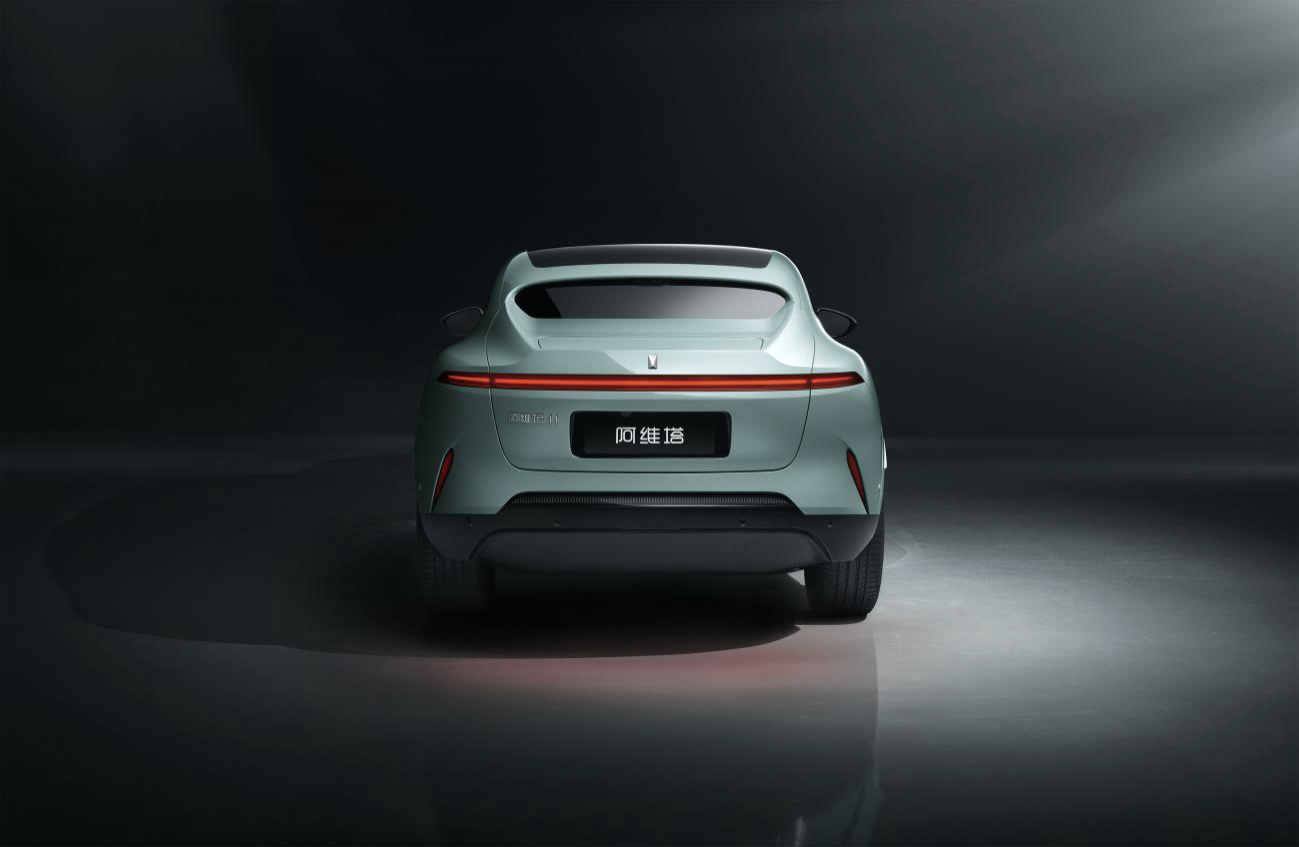
The design of the rear windshield of the car is also quite special. It is rare to see an SUV with such a vertical angle and slender shape, and the rear part adopts a design similar to a yacht porthole.
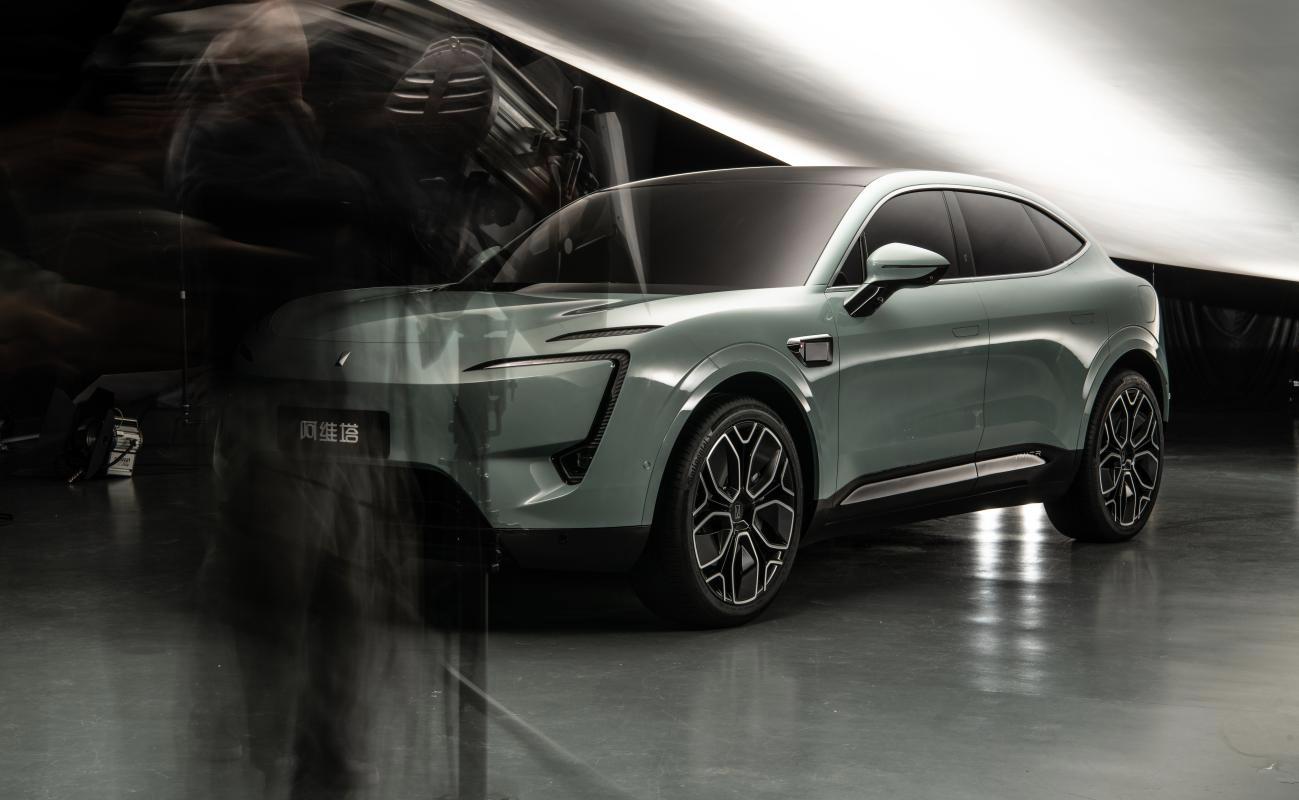
One thing that can be confirmed is that the designer did follow the idea of futurism in designing this car, and such a design has enough recognition. You can easily recognize it on the street as an Avita.
Behind Avita, there are also their partners
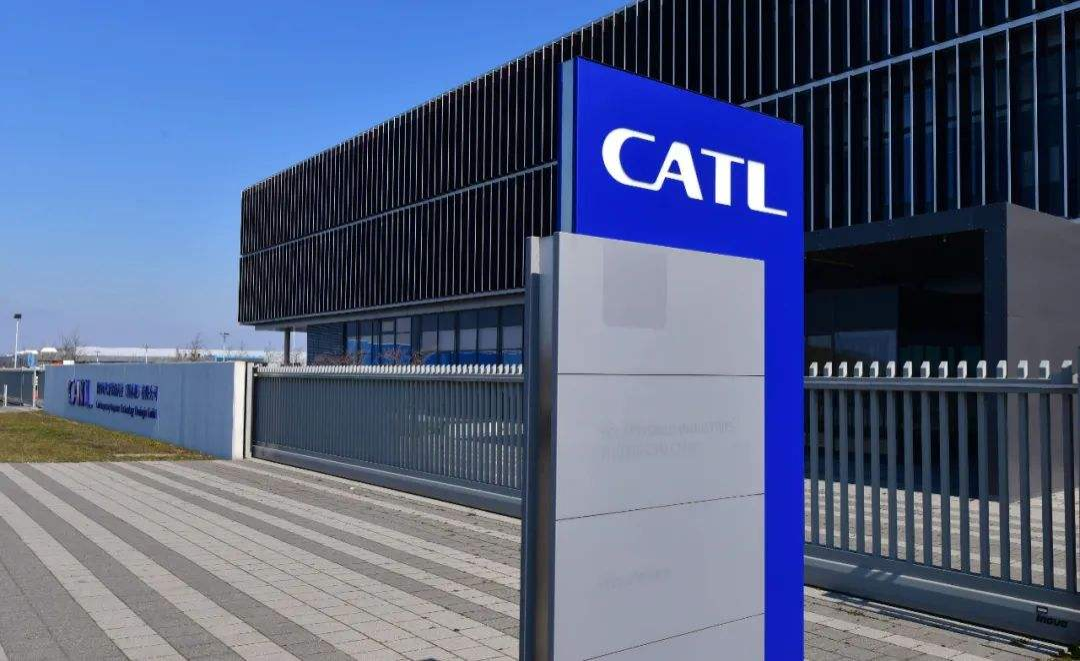
The power battery is undoubtedly the most important component on an electric vehicle, and cooperation with battery suppliers is therefore of great significance. As the supplier who has won the world’s largest power battery installation for four consecutive years, CATL’s industry status is self-evident. There were even rumors in the early days that a company leader waited overnight at CATL just to get the news of securing a battery supply.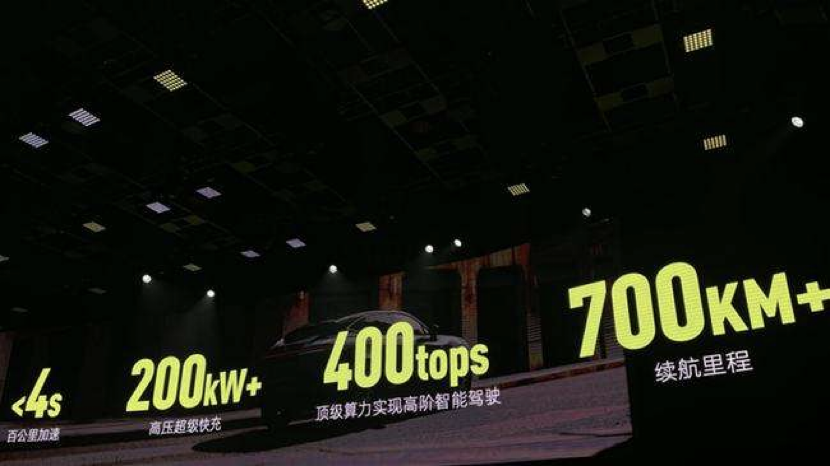
As the automotive company in which NIO owns the highest proportion of shares, Avita has reached an unprecedented 23.99%, ranking second in Avita’s shareholding structure, only after Changan Automobile’s 39.02%. The remaining shares are held by funds with backgrounds from Chongqing local government and Southern Fund.
Moreover, NIO also has one seat in Avita’s board of directors, with three members from NIO, Changan Automobile, and Avita employees.
It can be seen from this that NIO attaches great importance to Avita. NIO’s support for Avita has ensured the development of Avita’s three-electric systems, energy management, and charging networks, and perhaps even allowed Avita to be the first to obtain NIO’s most advanced battery technology.
After all, the problem of range anxiety has not been completely eliminated in electric vehicles, and battery life is still one of the most crucial factors that most consumers consider when purchasing electric cars. According to official information, the official range of Avita 11 has exceeded 700 kilometers.
Conclusion
On the road of independent brand high-endization, we have seen too many predecessors fall, including some products with strong technology. In the electric car market which mainly features repurchasing, consumers who are buying for the second time are not focusing on satisfying their needs. Meanwhile, traditional luxury brand electric car product capabilities are unsatisfactory. Thus, a historical phenomenon of independent brands being easier to create premium brands than low-end brands was born.

But under the influence of new brands like Tesla, service experience has also become an indispensable part of the brand’s high-end development. In addition to the appearance, performance, and intelligence mentioned before, users also hope that car companies can provide high-quality services throughout the entire life cycle from pre-sale to after-sale, online to offline. One of Avita’s biggest surprises right now is the current service content, which is being kept under wraps.
Wang Lin, Avita’s Chief Marketing Officer, is responsible for the brand, marketing, public relations, sales channels, and many other departments of Avita. Many of these departments are involved in user services.
As a former employee of the InterContinental Hotel Group and the first local employee of the Apple Retail Greater China, Wang Lin has extensive work experience in the fields of service and user operation.
At the Huawei HI DAY meeting in Suzhou, Wang Lin stated that all products’ ultimate users are users, and her first consideration is how users would think and feel.
I have to say that the term “user-centric” is already a buzzword in the new car industry. However, each enterprise has a different understanding and execution strategy for these four words. The realization and effect of such thinking in the Wang Lin and Avita system will have an important impact on the market performance of Avita 11.
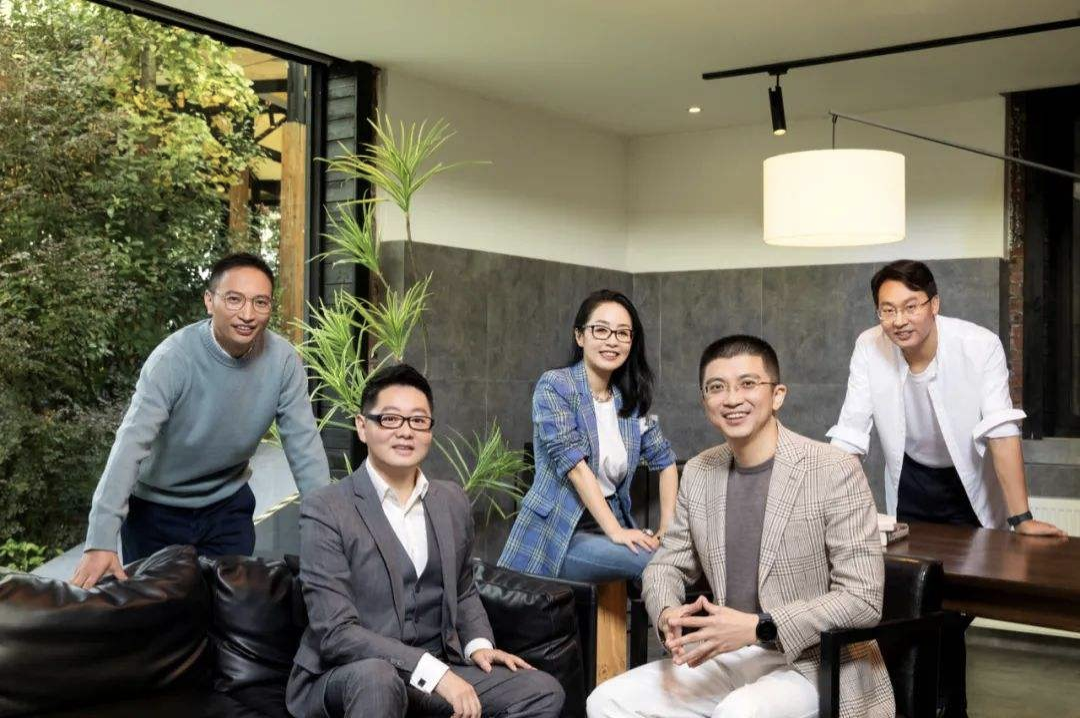
In the upcoming Q2 of 2022, Avita 11 will officially launch its product, and the real product strength of Avita 11 will also be fully exposed. We will also wait and see if Wang Lin’s “think what users think” can be implemented.
This article is a translation by ChatGPT of a Chinese report from 42HOW. If you have any questions about it, please email bd@42how.com.
